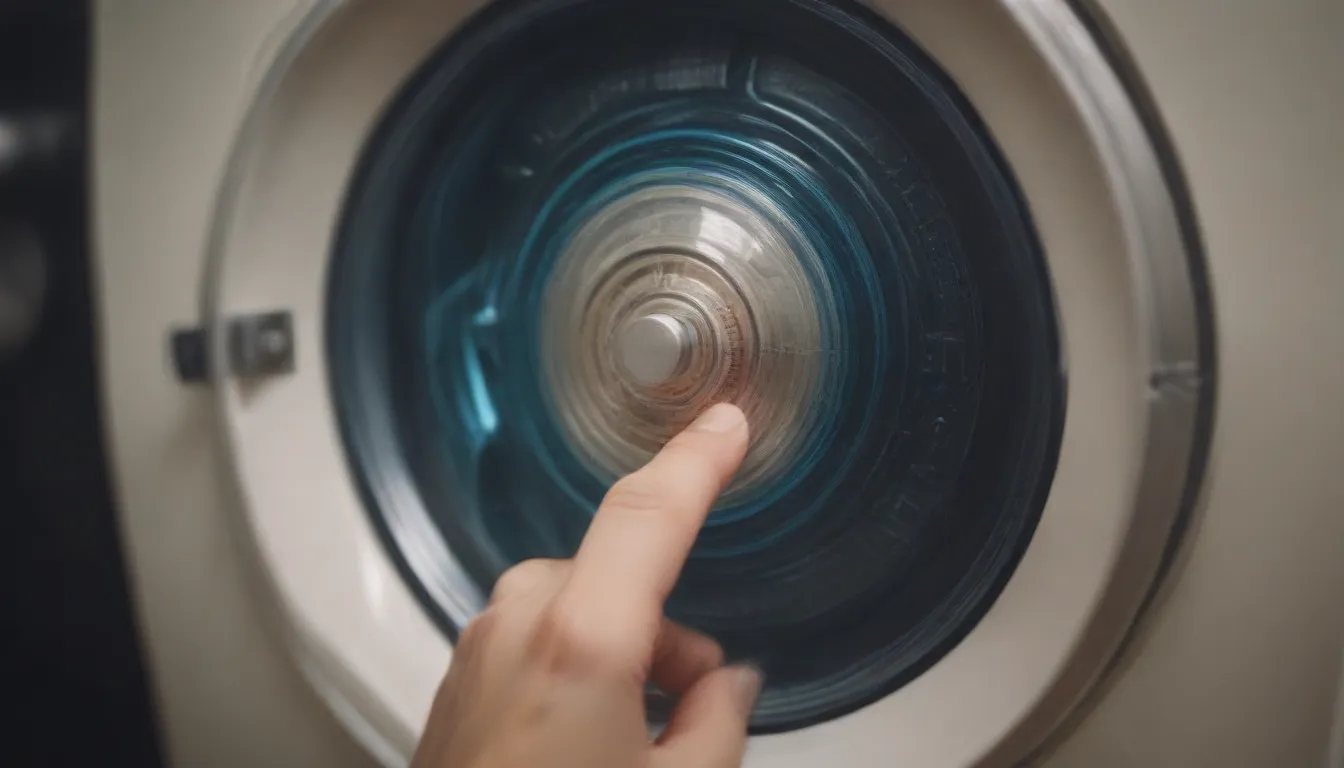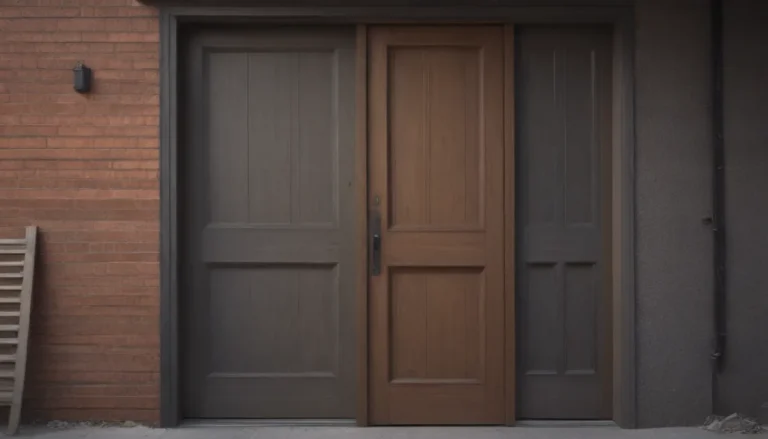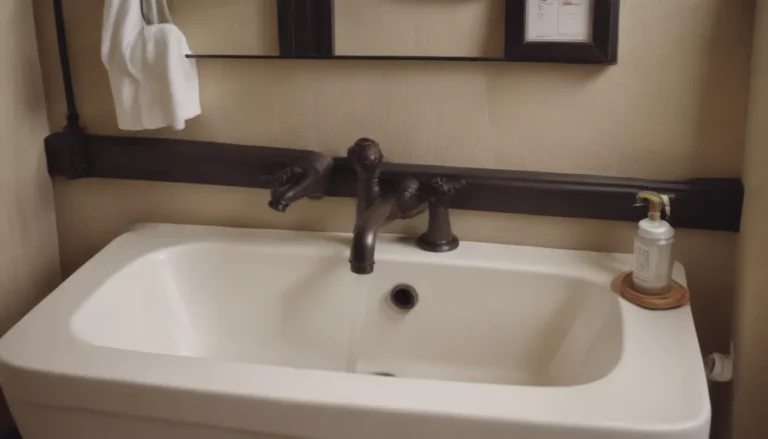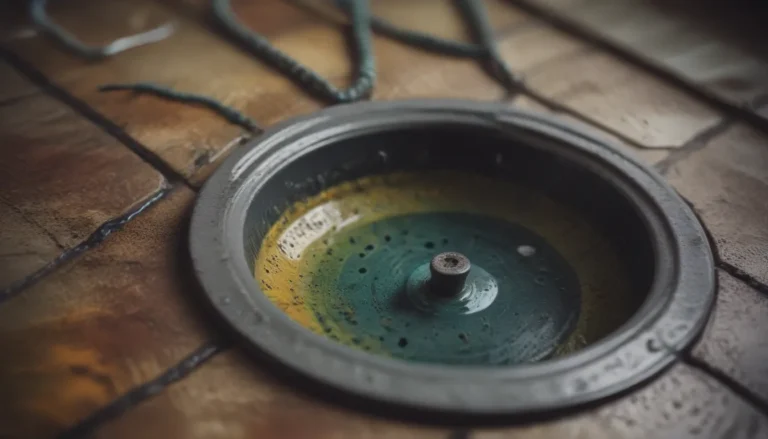How to Properly Test a Washing Machine Water Level Switch

Welcome to our comprehensive guide on how to properly test a washing machine water level switch. Your washing machine is a household appliance that plays a crucial role in keeping your clothes clean, and understanding how to troubleshoot and test its components can save you time and money in the long run.
In this article, we will walk you through the process of testing a water level switch, a vital internal component of your washing machine. By following these steps, you can identify any issues with the switch and potentially avoid costly repairs or replacements. So, let’s dive in and learn more about this essential part of your appliance.
Understanding the Water Level Switch
Your washing machine is equipped with various internal switches that control different functions, and the water level switch is one of them. This device is responsible for regulating the water level inside the tub during a wash cycle. It communicates with the timer control to activate the water inlet valve and the temperature switch when needed.
When the tub needs to be filled with water, the water level switch cuts off the water flow once the water level reaches the desired setting for the load size (large, regular, or small). This action signals the motor to start agitating the clothes, initiating the washing process.
Locating and Identifying the Water Level Switch
The water level switch can be found in different locations depending on the make and model of your washing machine. In many cases, it is located inside the control console, but it’s essential to refer to your owner’s manual to confirm its placement in your specific machine. To access the switch, you may need to open the washer cabinet, so make sure to unplug the machine before proceeding.
You can easily distinguish the water level switch from other switches inside the washer cabinet by its distinctive rubber tube that runs down the side of the tub. This tube plays a crucial role in measuring the water level by monitoring the pressure changes as the tub fills with water.
Inspecting and Clearing Blockages
Before testing the water level switch for electrical issues, it’s important to inspect the water level tube for any blockages. Any obstruction in the tube could affect the accurate measurement of the water level, leading to operational problems in your washing machine.
To inspect the tube, carefully follow these steps:
- Unplug the washing machine from the power outlet.
- Locate the water level tube near the water level switch.
- Check for any debris or blockages in the tube.
- If you find any obstructions, clear them carefully to ensure proper functionality.
Testing for Electrical Failure
After inspecting and clearing any blockages in the water level tube, it’s time to test the switch for electrical failure. To perform this test, you will need a multimeter (also known as a volt-ohm meter) set to OHMS x 1. This tool will help you check the continuity of the switch, indicating whether it is functioning correctly or not.
Follow these steps to test the water level switch using a multimeter:
- Unplug the washing machine from the power source to ensure safety.
- Locate the terminals of the water level switch.
- Set your multimeter to OHMS x 1.
- Touch one probe to each terminal of the switch.
- Check the multimeter reading for continuity (a reading of zero or close to zero indicates continuity).
- If there is no continuity, the switch is faulty and needs to be replaced.
By testing the water level switch for electrical failure, you can determine if the switch is functioning properly or if it needs to be replaced. This simple diagnostic step can help you troubleshoot issues with your washing machine and ensure optimal performance.
Additional Tips and Considerations
Here are some additional tips and considerations to keep in mind when testing a washing machine water level switch:
- Always refer to your manufacturer’s manual for specific instructions on testing components of your washing machine.
- If you are unsure about any step of the testing process, consider consulting a professional appliance repair technician.
- Regular maintenance of your washing machine, including checking internal components, can extend its lifespan and prevent unnecessary breakdowns.
- When working on any electrical appliance, safety should be a top priority. Always unplug the machine before performing any inspections or tests.
In conclusion, understanding how to test a washing machine water level switch is essential for maintaining the efficiency and functionality of your appliance. By following the steps outlined in this guide and conducting regular checks on your washing machine’s components, you can ensure smooth operation and long-lasting performance.
We hope this article has provided you with valuable insights into testing a water level switch and troubleshooting common issues with your washing machine. Remember, when in doubt, it’s always best to seek professional assistance to avoid any potential damage to your appliance. Happy washing! 🌊👖🧼





